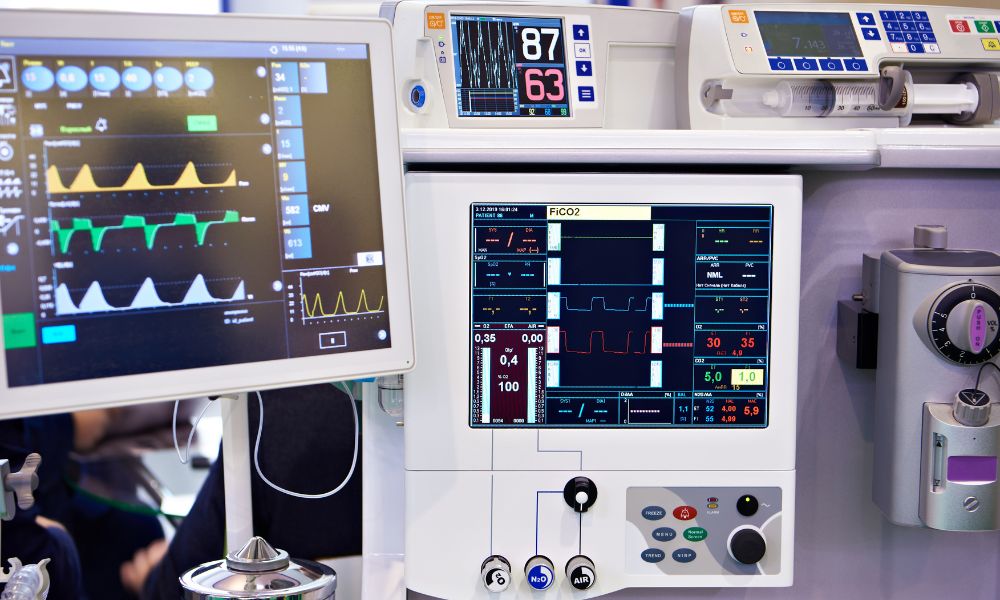Medical devices are a crucial part of the healthcare ecosystem, offering innovative solutions for patient care and treatment. However, assuring the safety of these products is a multi-dimensional challenge. A toxicological evaluation helps ensure devices function as intended and are bio-compatible and non-toxic for human use. We’ll provide a basic look into toxicological assessment processes for medical devices that are critical for manufacturers aiming to deliver safe and effective products.
Navigating Regulatory Requirements
Before any medical device hits the market, it must pass through a labyrinth of regulatory requirements set by global health authorities like the Food and Drug Administration (FDA) in the United States. These regulations require manufacturers to conduct comprehensive safety assessments, which may include a toxicological evaluation. This stringent process tests devices for any substance that could be harmful to humans.
By staying compliant with these regulatory requirements, you can get your product to market much quicker, reduce liability, and protect your business from potential fines or fees. The toxicological assessment process is a linchpin in this compliance, as it helps provide hard evidence that the device is safe for consumers.
The Toxicological Assessment Journey
Conducting a thorough toxicological assessment involves several key steps. The process typically begins with material characterization, quickly followed by biocompatibility testing to ensure the materials used do not provoke an immune response or are toxic to the body. This evaluation is comprehensive and covers a wide range of potential toxicological hazards that a device may pose.
Subsequent steps entail hazard identification, risk evaluation, and risk management. These processes seek to identify any biological, chemical, or physical interactions that could occur between the user and the device and to implement measures to minimize any associated risks. This complete assessment not only identifies potential adverse effects but also guides the manufacturer in making informed decisions to improve device safety.
Best Practices for Ensuring Safe Medical Devices
Other things to know about toxicological assessment in medical devices include a few best practices for double-checking safety. Manufacturers must implement robust quality management systems that incorporate best practices for toxicological assessment. This entails establishing clear safety policies, conducting periodic risk assessments, and staying current with evolving regulatory requirements.
It is also crucial for manufacturers to collaborate with toxicologists and regulatory experts to ensure the toxicological assessment is rigorous and aligns with established best practices. Open lines of communication between these stakeholders can help in early identification of concerns and swift implementation of corrective actions.
The Future of Toxicological Assessment in Medical Devices
The landscape of toxicological assessment in medical device manufacturing is not static. Current trends point to the integration of advanced technologies, such as in silico modeling, to stay ahead of risks that can influence patient safety. This system uses computer algorithms to predict toxicological outcomes, thereby making the assessment process more efficient and cost-effective.
As regulations and standards such as the ISO 10993 series evolve, manufacturers will need to constantly assess the approaches and technologies that can enhance their toxicological evaluation processes. It is important to stay up to date with these changes to maintain a competitive edge while ensuring devices are as safe as they are innovative.
As the medical industry advances, integrating effective toxicological assessment processes will be a mark of quality and concern for patient health. That’s why, as a medical device testing lab, HIGHPOWER uses this method, among many others, to gather key data that can help device manufacturers during product development. Regardless of your product’s type and function, we can help document that it’s safe to use on patients.
